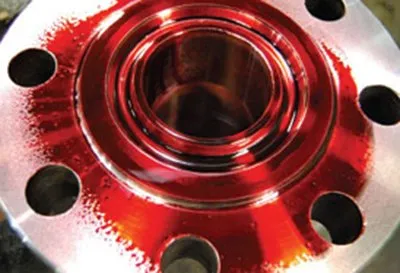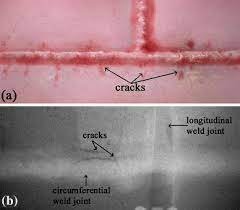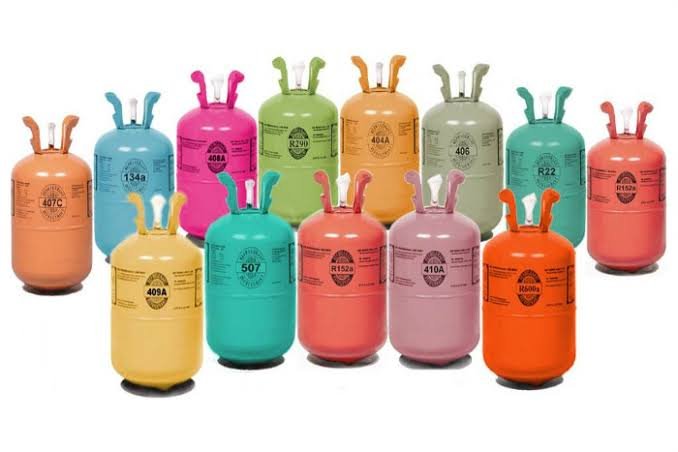workshop
-

Cost for Dye Penetration Testing
The cost of implementing dye penetration testing (DPT) can vary widely depending on several factors, including the scale of testing,…
Read More » -

Dye Penetration Testing
Contents Introduction Purpose of Dye Penetration Testing Why Dye Penetration Testing is Used Process of Dye Penetration Testing Manufacturers Using…
Read More » -

Types of Refrigerants Used in the Maritime Industry
1. R-134a (Tetrafluoroethane) Pros: Non-flammable and non-toxic: Safe for use in various applications. Stable and efficient: Good thermal stability and…
Read More » -

Hazards and risks during welding
Aside from the welding hazards associated with confined spaces, there are general hazards for all welding work. Let’s take a…
Read More » -

What is welding?
Welding is a process that joins materials together. It usually involves joining thermoplastics and metals by melting them together with…
Read More »
